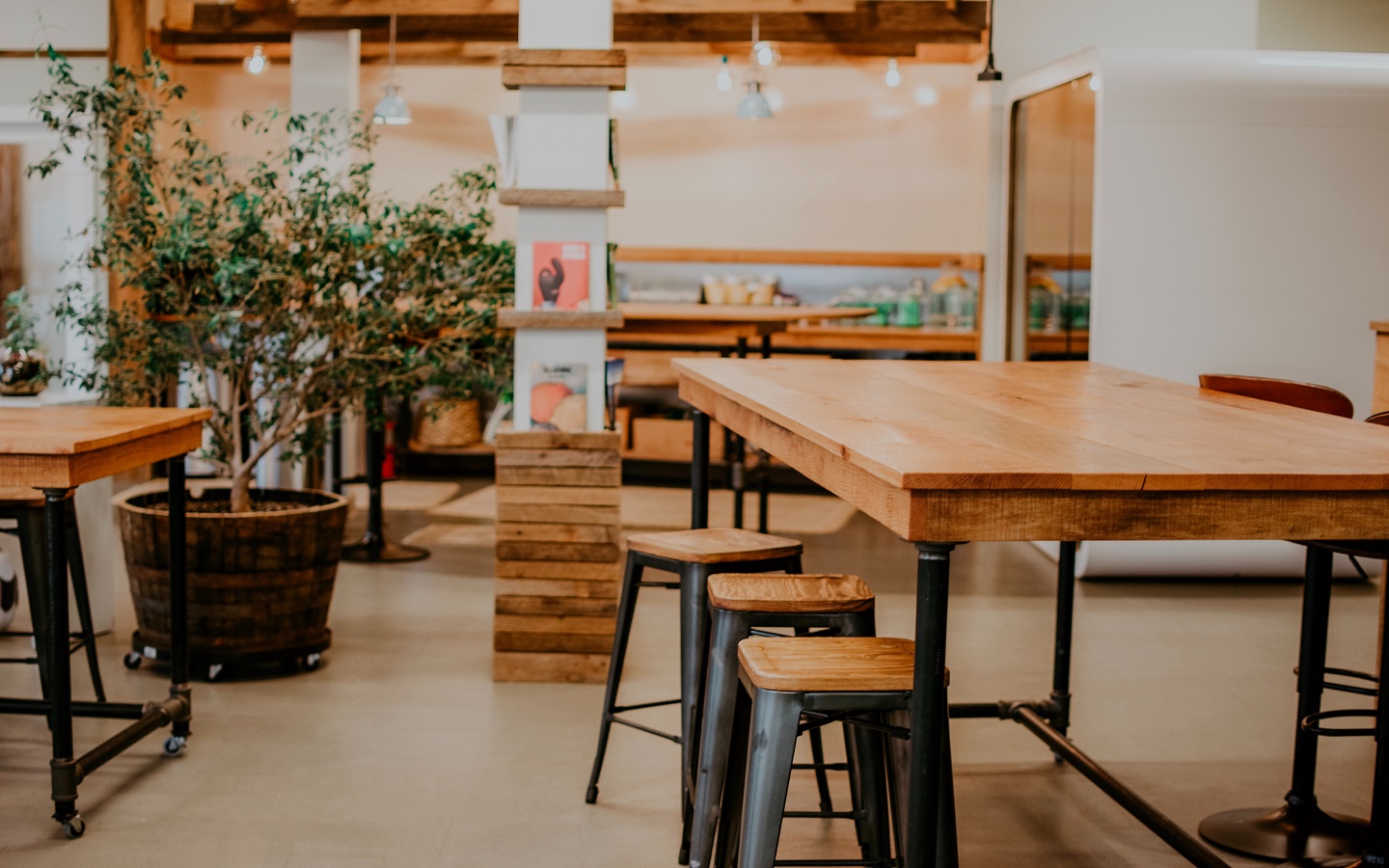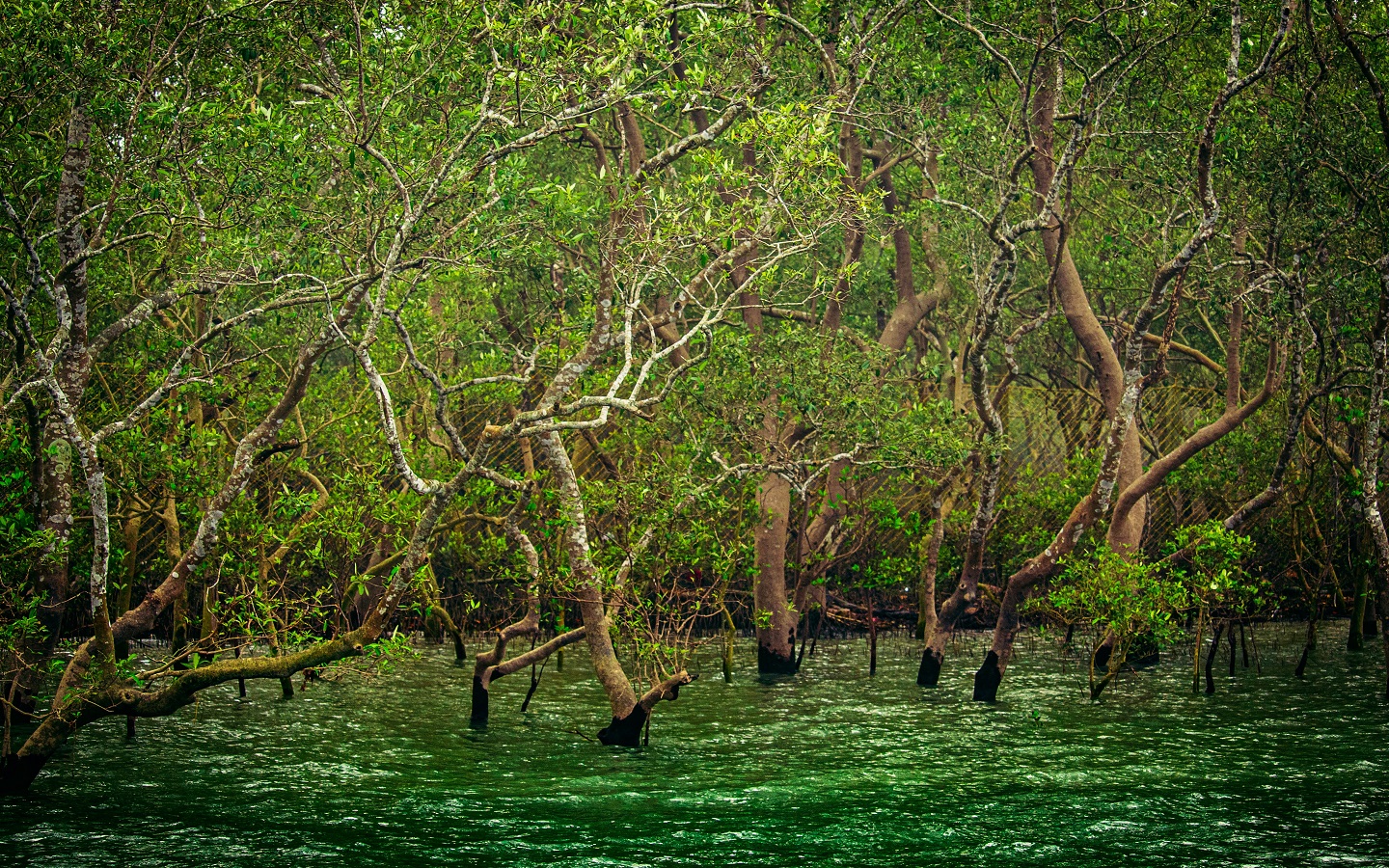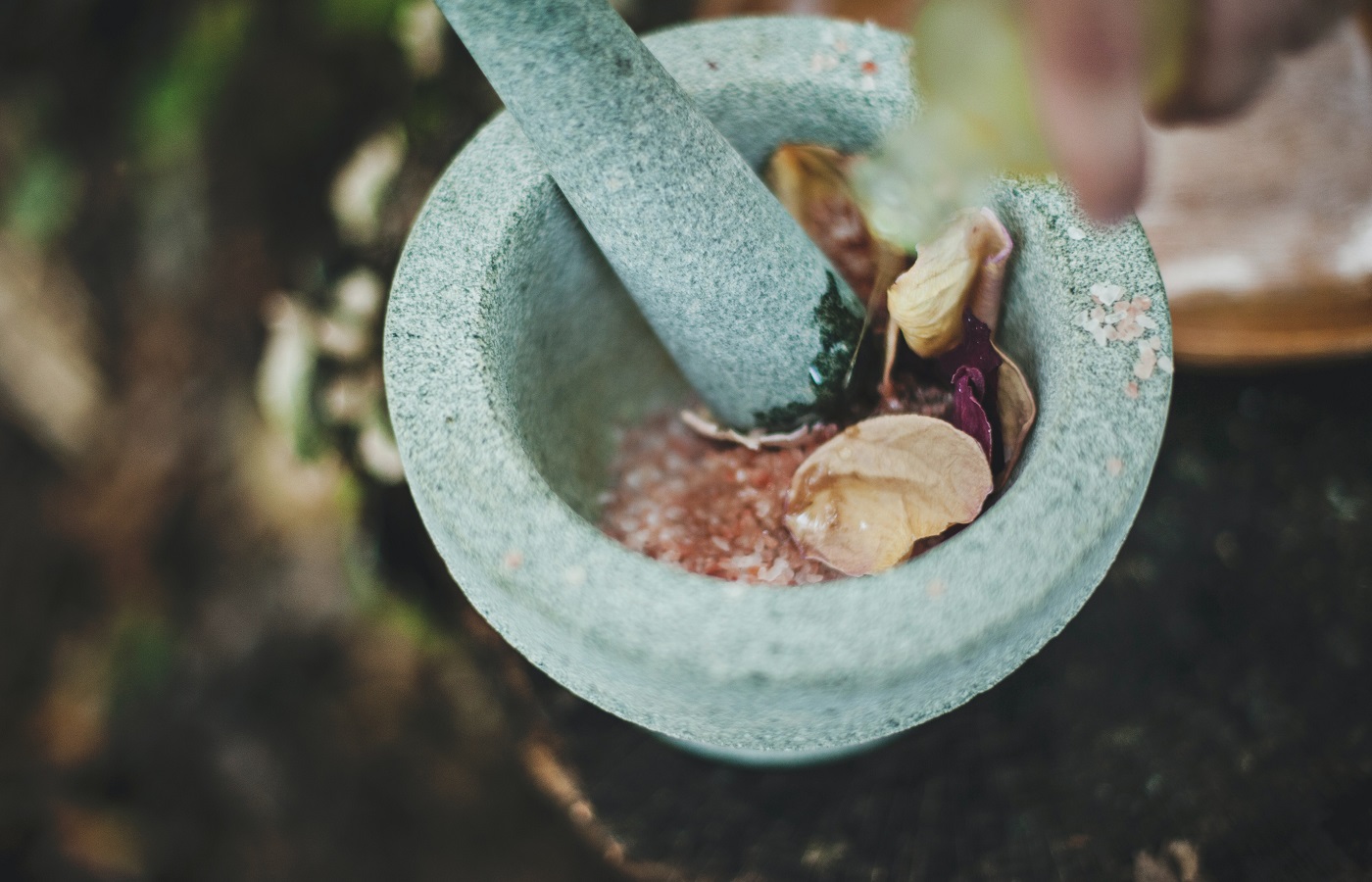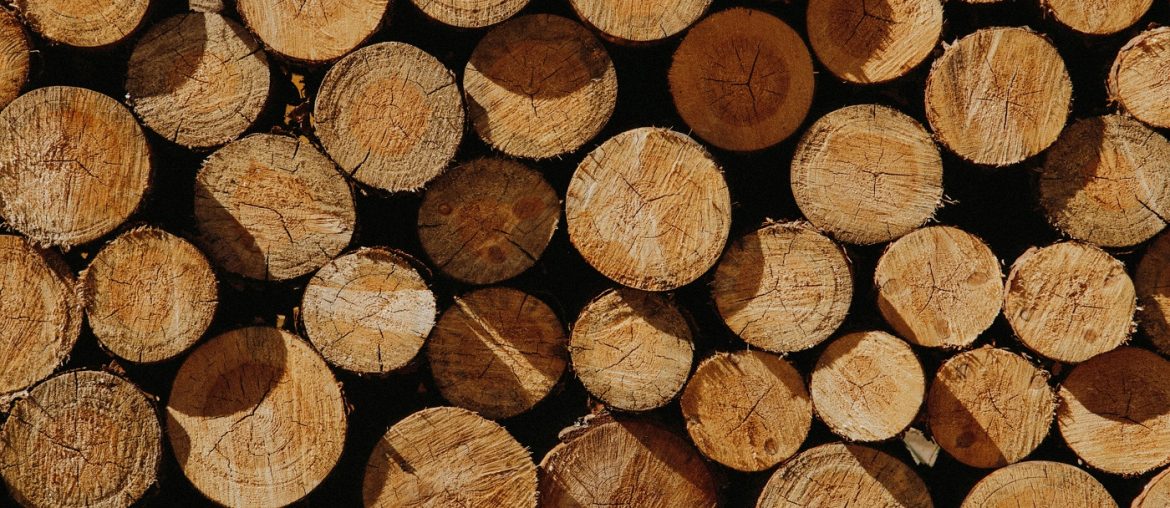There are roughly 1048 species of trees found in Bangladesh, belonging to 432 genera and 99 families of gymnosperms and angiosperms. Any tree that produces wood of commercial value can be classified as a “Timber tree”. There are two main categories of woods in Bangladesh, softwood and hardwood. Gymnosperms plants (mainly coniferous) are the main source of softwood, and angiosperms plants (mainly dicotyledonous) are the main source of hardwood. Woods have versatile uses and are of vast economic importance to a country.
Around 500 species of timber trees grown naturally in the forests and artificially in the homesteads in Bangladesh. Most of these are hardwoods, with few exceptions like vanaspati (Podocarpus neriifolius). Some other timber trees found in Bangladesh are, Babla, Chatim, Boilam, Gurjan, Sundari, Sal, Mahogany, Shimul, etc.
These timber trees are used in many sectors like construction, furniture, paper pulp, fuel, aromatics, medicines, rubbers, cosmetics, etc. Different kinds of trees are used for different purposes based on the kind of wood that they produce. Now let’s discuss different types of woods in Bangladesh that are used for specific purposes.
Woods for making furniture
Trees like Chapalish, Gamari, Sil Koroi, Jarul, Teak, etc., produce solid woods that are used for producing household furniture like doors, windows, cabinets, tables, chairs, etc. To know how to take care of wooden furniture, you can visit this link.
Woods for making tools

Teak, Jarul, and Sundari trees are used for building boats and launches. Babla wood is excellent for making plows and carts. Also, many localized timbers are used for these kinds of production works in different regions.
Woods used in the construction industry
In Bangladesh, trees were being used to make poles of electric lines before being replaced by poles made of concrete. To make these products last longer, a preservative treatment procedure is used. The Rural Electrification Board is the largest consumer of such products. Sundari, Teak, Gurjan, Civet, tali, Debdaru, Kankra, etc., trees are used to make poles. Gurjan trees are mainly used to produce railway slippers.
Woods for Industrial uses
Many timber trees are processed in factories to produce a particular type of artificial wood. For instance, hardboard is produced by crushing and compressing the wood of the Sundari tree in Khulna Hardboard Mill. To produce matchboxes, thin slices of woods in Bangladesh named veneer are used from Kadam, Shimul, and Chatim trees in many small factories around Bangladesh. Also, these veneers are used in large amounts to produce plywood. Plywood is used for making ceilings, partitions and packing boxes. Henceforth, woods in Bangladesh has plenty of industrial value.

Woodtex is also made with similar low-cost timber trees. If jute sticks are used to make these, people usually know them as “partex” in Bangladesh. These “partex” boards are further decorated by covering them with attractive veneer produced from Garjan, Shegun, Champa, Chapalish.
Usually, the low-cost veneer is to keep the expense low for general purposes. But for exquisite and attractive products, the veneer of teak or Teak Chambul is a must. These products have attractive texture, grain, and figure making them quite expensive. So these products are for making attractive flush doors, partitions, tabletops, etc. Teak Chambul is particularly used to produce veneer only.
Woods for herbal and medicinal products

There are many kinds of woods in Bangladesh that are available for the production of herbal products. Herbal trees have many functionalities like producing scents, cosmetics, preservatives, insecticides, dyes, medicines, resins, etc. For example, Agarwood is famous all over the world. It is very famous for the production of aromatic products. Moreover, many trees like Arjun, Tulshi, Thankuni, Koroi, Kholisha, Kewa kata, Passur, etc., are global registers for treatment purposes. So these trees have significant medicinal values, and people all around Bangladesh have been using these trees as a source of remedy for ages.
Timber trees play a significant role in the economy of our country. It can also be a source of earning for entrepreneurs and local people. So to avert the impact of deforestation on a massive scale, people and industries linked with such businesses should think of acquiring their own source of wood products to keep the economic and environmental balance on per.




